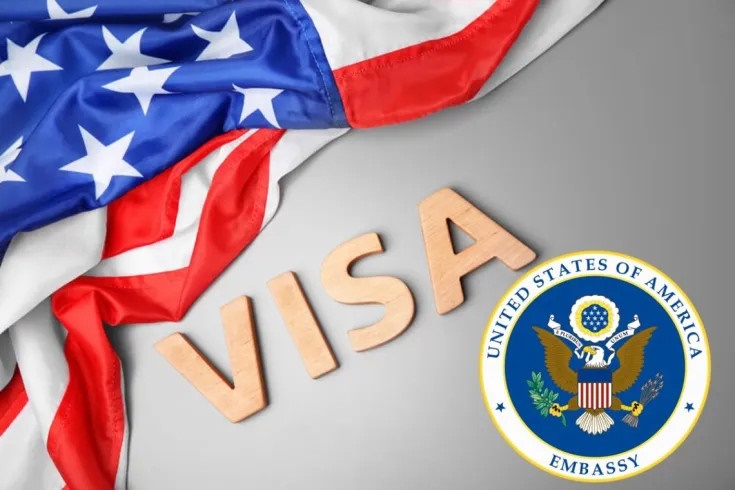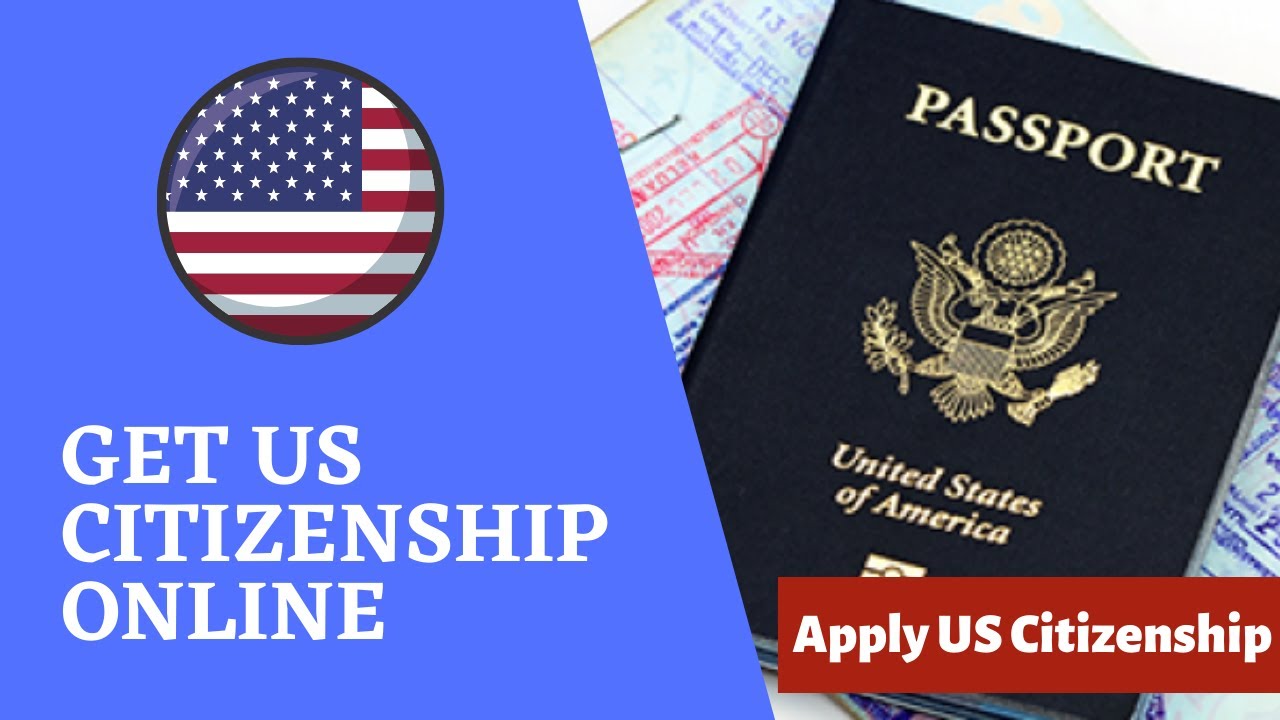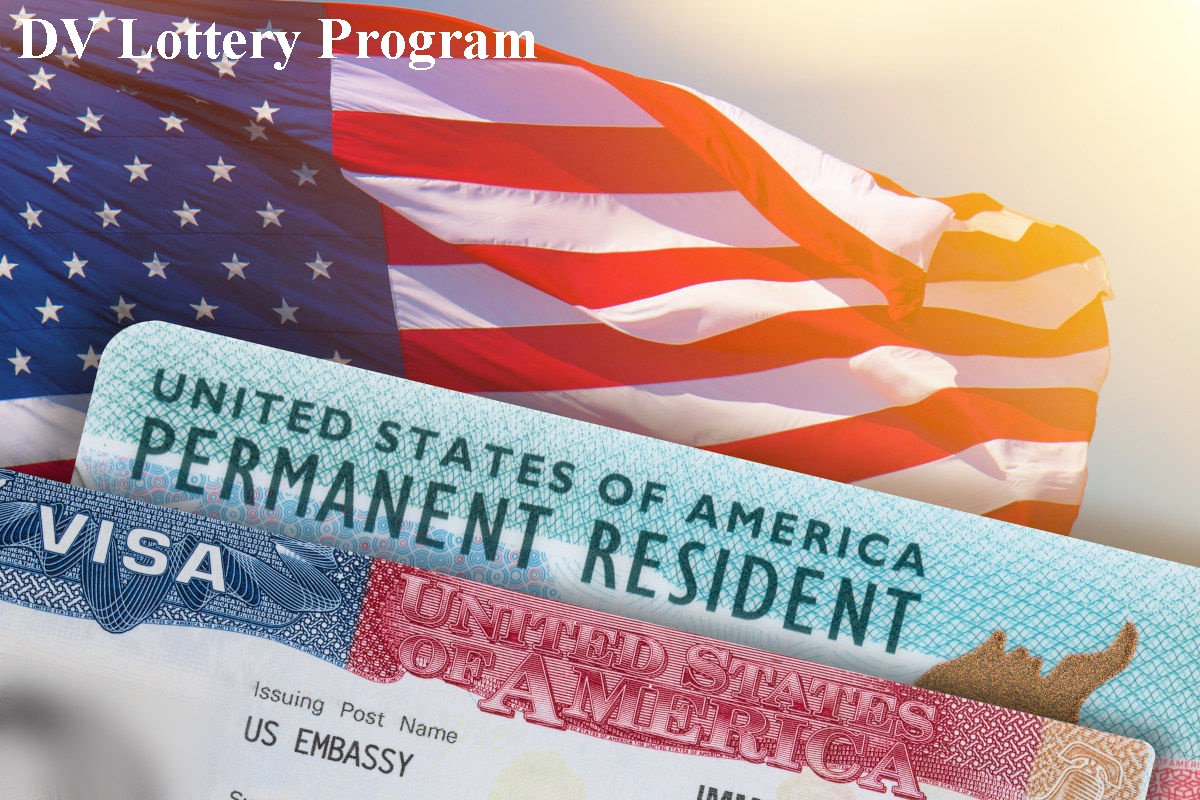Do you know what are the requirements for family-based immigration? In this guide, we explain in detail everything you need to know about family visas.

On our website, you will find related articles on how to get a Green Card or expand information about the visa for the United States. If the family member wishes to obtain proof of citizenship or naturalize, please review our section dedicated to obtaining US citizenship.
Our Guide for Family-Based Immigration in 2021
Immigration law allows US citizens to petition certain members of their families. Thus, foreign relatives can obtain a green card, a K-1 fiancé visa, or a K-3 / K-4 visa.
We are known for providing a fast and efficient legal service to Hispanic immigrants and other nationalities with satisfactory results. That’s because we are an immigration law firm in Los Angeles made up of immigrants as well.
In this section you will find which family members you can claim to obtain American residency by family petition:
What other family members can be petitioned?
There are several categories of preference for non-immediate relatives. This type of family visa has the peculiarity that they are limited. Therefore, unlike visas for immediate relatives, there is not a visa number always available.
Visas are available for a certain category of preference, depending on the priority date. Here are the categories of preference:
- First preference. Corresponds to sons/daughters over 21 years of age, unmarried, of American citizens.
- Second preference (2A). It includes the spouse of a permanent resident (holder of a Green Card, and unmarried children under 21 years of age.
- Second preference (2B). It includes adult and unmarried sons and daughters of holders of a residence card.
- Third preference. Married sons/daughters, regardless of age, of American citizens.
- Fourth preference. Adult brothers/sisters of US citizens.
- For more information on visa priority dates and availability, consult the Department of State’s visa bulletin.
How to help a family member to become a permanent resident of the United States?
US citizens by birth or naturalization can petition their immediate relatives and others.
They can do so by sponsoring the relative through a foreign relative petition and showing that they can support him financially.
For this, they must present evidence of income and/or sufficient assets.
The relative petition process begins with the filing of Form I-130, Petition for Alien Relative. The form establishes the relationship between the relative and the petitioner.
Sometimes Form I-130 can be filed together with the Green Card application, through Form I-485.
While the application is being processed, the foreign relative who is outside the United States will have to wait in their country of origin to be able to immigrate legally.
If you are already within the US, then you can adjust your status to permanent resident and file Form I-130. For family members of US citizens who are members of the Armed Forces, a special statute applies.
Petitions from relatives living abroad are sent to the National Visa Center (NVC). After processing the petition, the NVC forwards it to the US consulate in the relevant country. At that moment the so-called consular process begins.
Can an American citizen ask for a nephew?
It’s not possible. Although immigration law is quite broad, some non-immediate relatives do not qualify for this type of benefit. Citizens or permanent residents of the United States can only ask immediate family members, not a nephew.
GREEN CARD APPLICATION PROCESS
The family-based immigration process generally begins with the petitioner (U.S. citizen or lawful permanent resident) requesting the U.S. government to allow a family member to immigrate. The petitioner files Form I-130, Petition for Alien Relative, with USCIS.
The I-130 petition establishes the existence of a qualifying family relationship (within the immediate relative or family preference categories). For more details on what happens after filing the I-130 petition, view the Form I-130 processing time.
Once USCIS approves the I-130 petition and a visa number is available, the foreign family member may apply for a green card. There are two basic paths to apply for a green card: consular processing or adjustment of status. Consular processing is a means for applying for an immigrant visa (green card) through the U.S. embassy or consular office in a foreign country.
Consular processing is the most common path to obtaining a green card. In some cases, an immigrant that is already inside the United States as a temporary visitor (e.g. student, tourist, etc.) may be able to adjust their status to permanent resident.
Adjustment of status is the process of changing immigration status to permanent residence (green card holder). Adjustment of status is only available to a small group of applicants.
The Advantages of Family-Based Immigration
1) Families are crucial to the social and economic incorporation of newcomers.
2) Family-based immigration has a positive impact on business development and community improvement.
3)Immigrants who come to the country on a family-based visa tend to move up the socio-economic ladder.
Is family-based immigration permanent?
U.S. immigration law allows certain aliens who are family members of U.S. citizens and lawful permanent residents to become lawful permanent residents (get a Green Card) based on specific family relationships.
If you or a family member of yours want to obtain American residency for a family petition or any case related to immigration matters, the immigration lawyers at Lluis Law are at your disposal and help you solve all your doubts. Get Your Application In progress By starting your Application Today from the US Immigration Portal.



